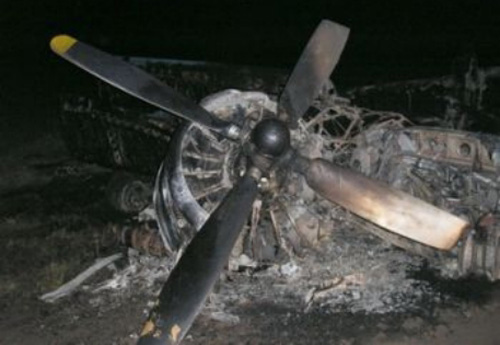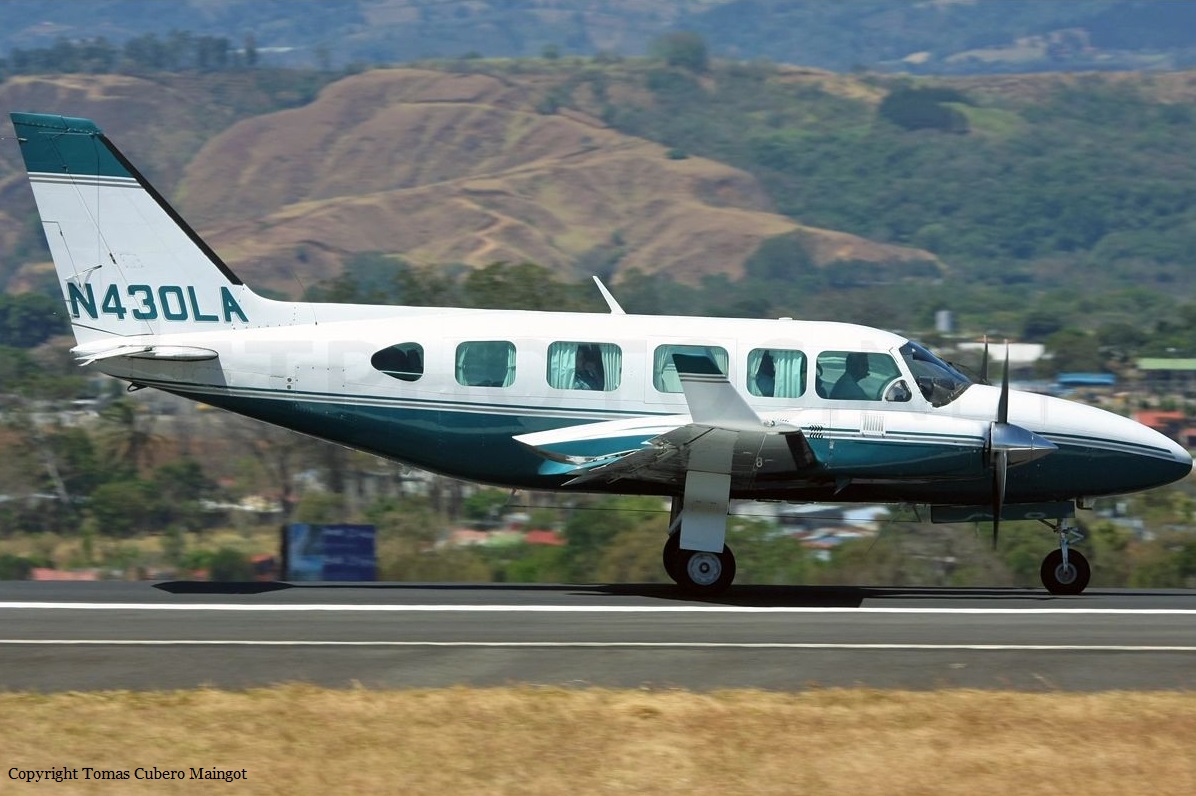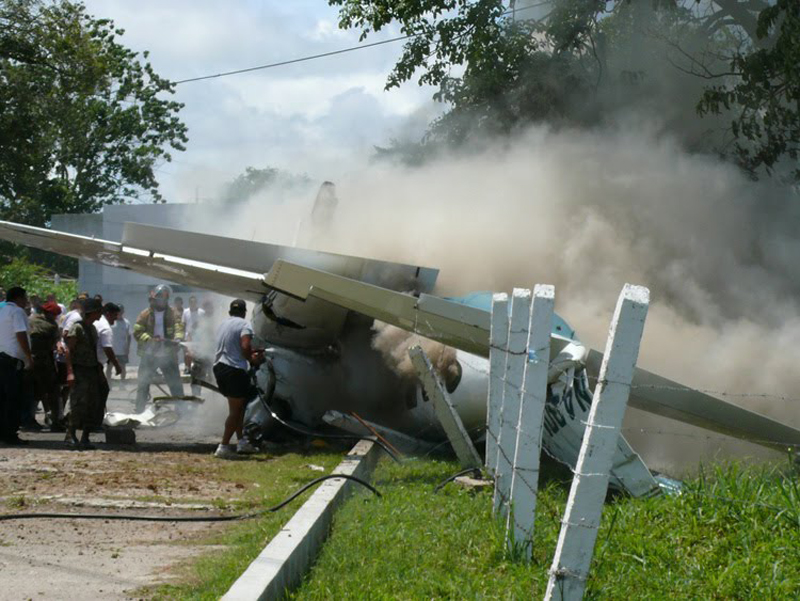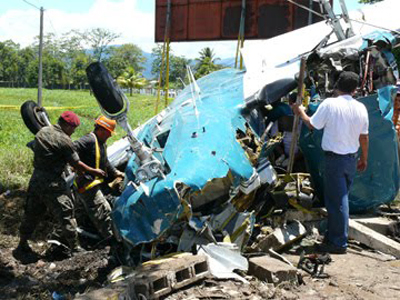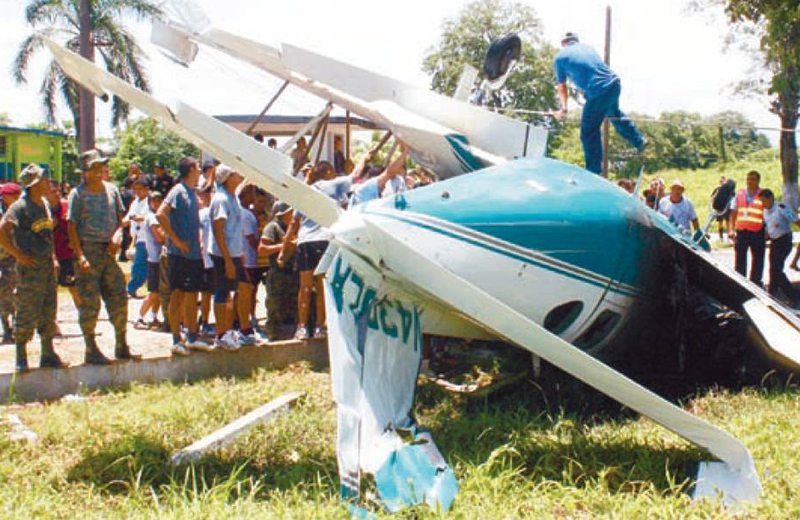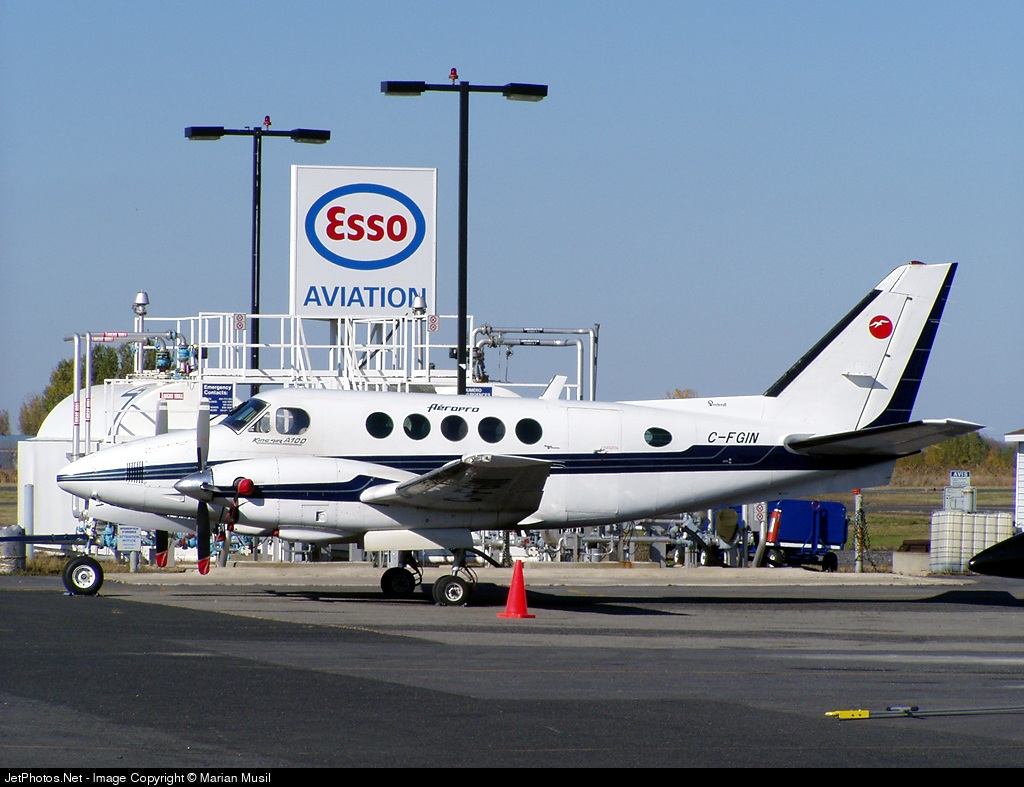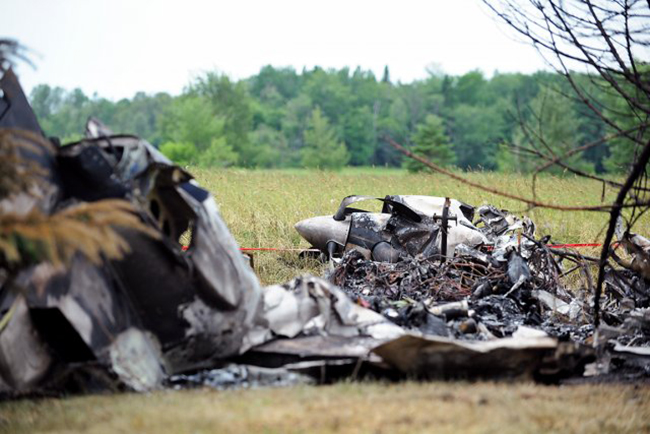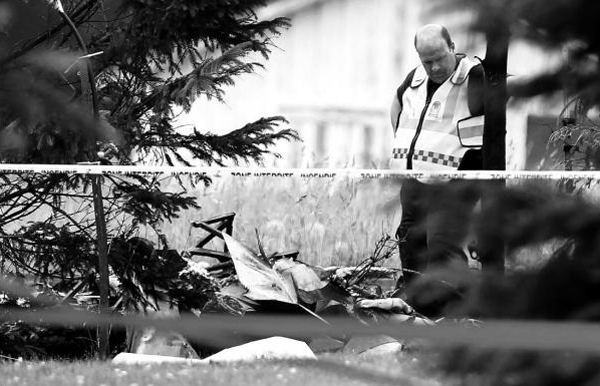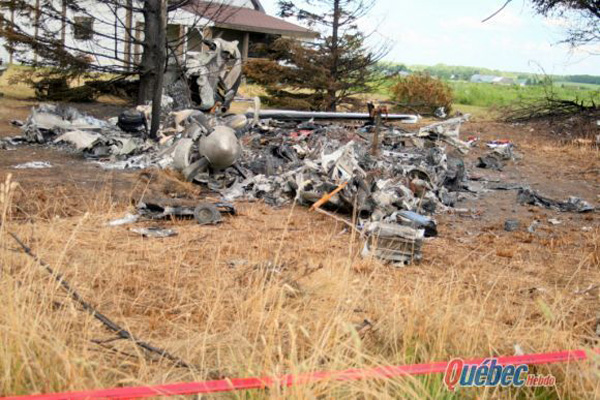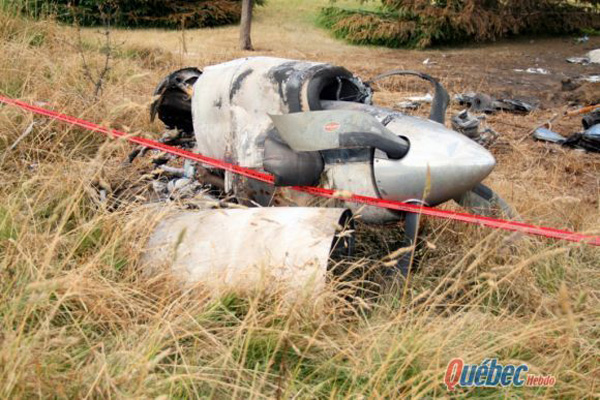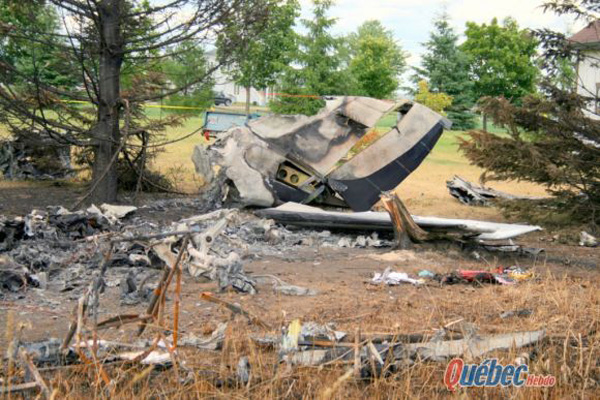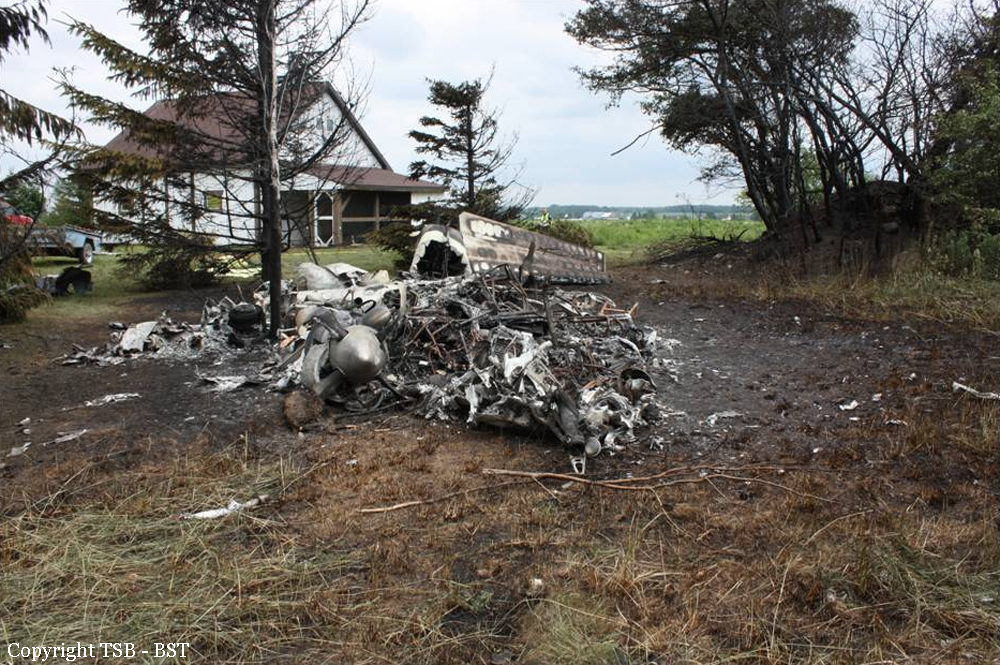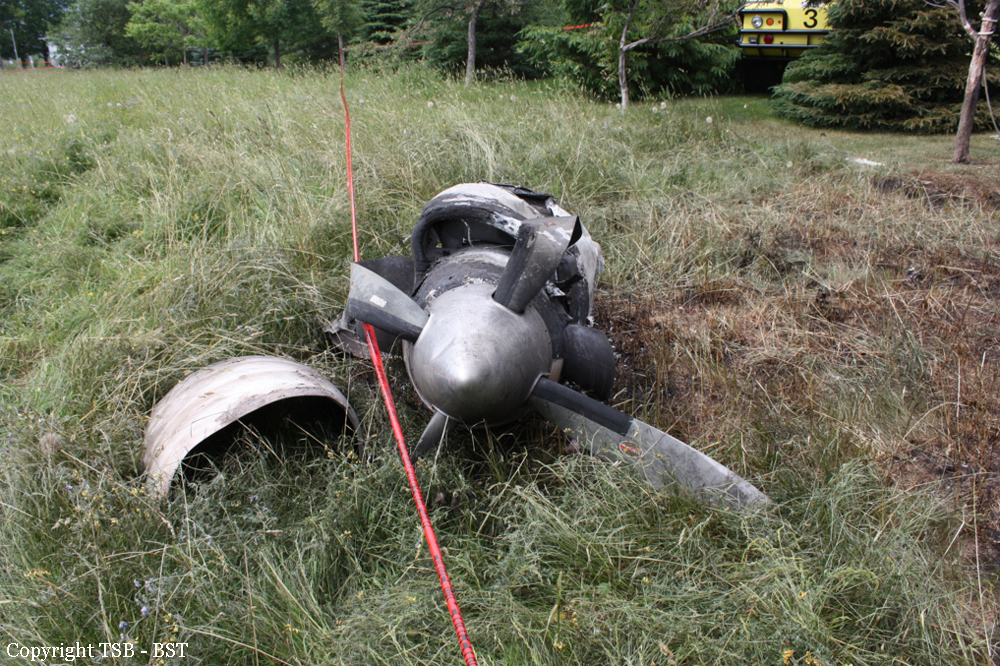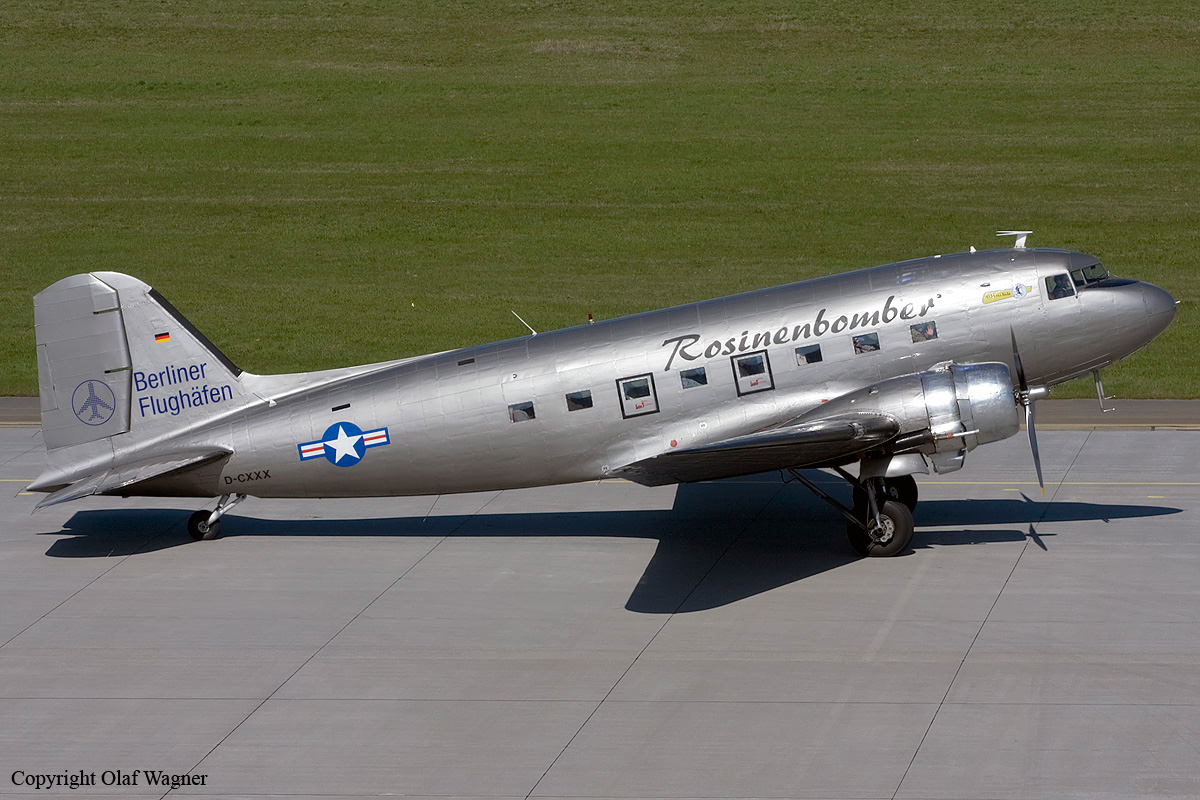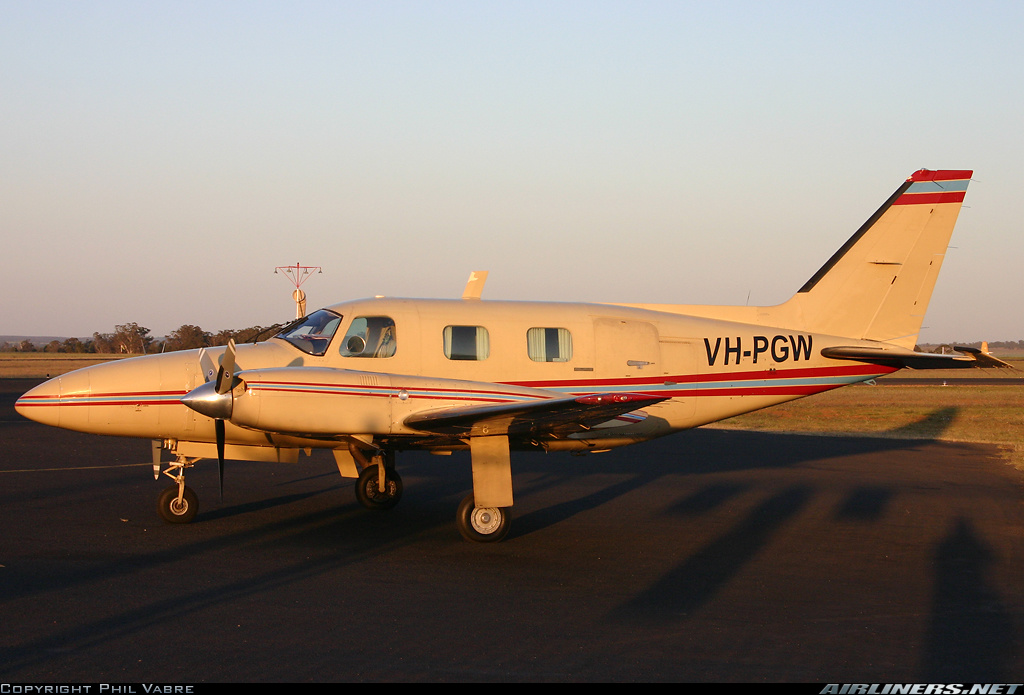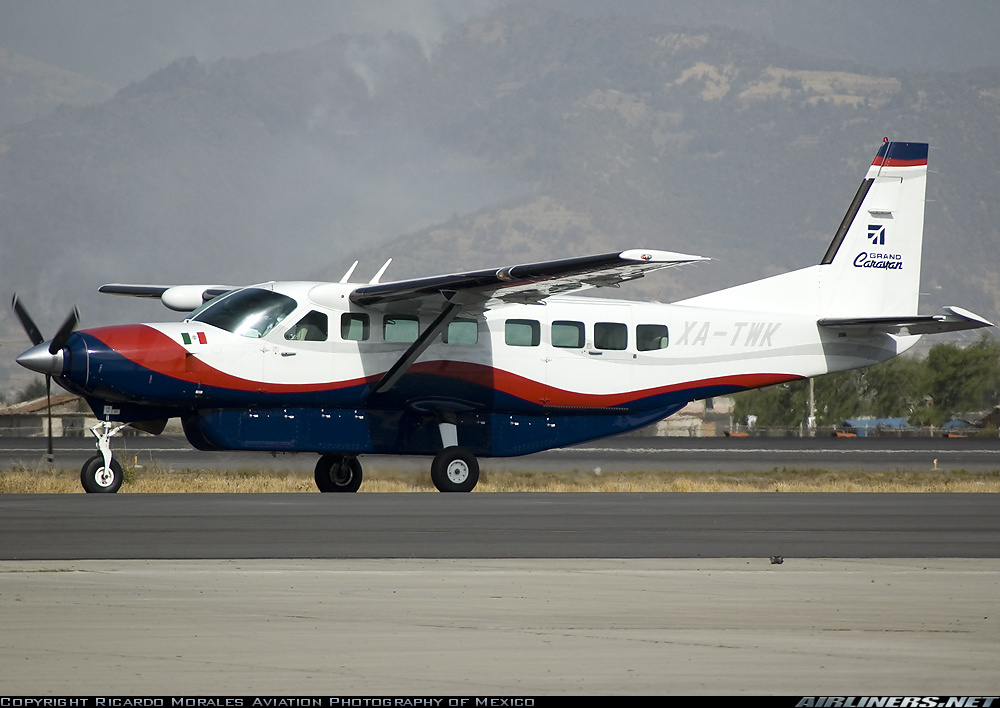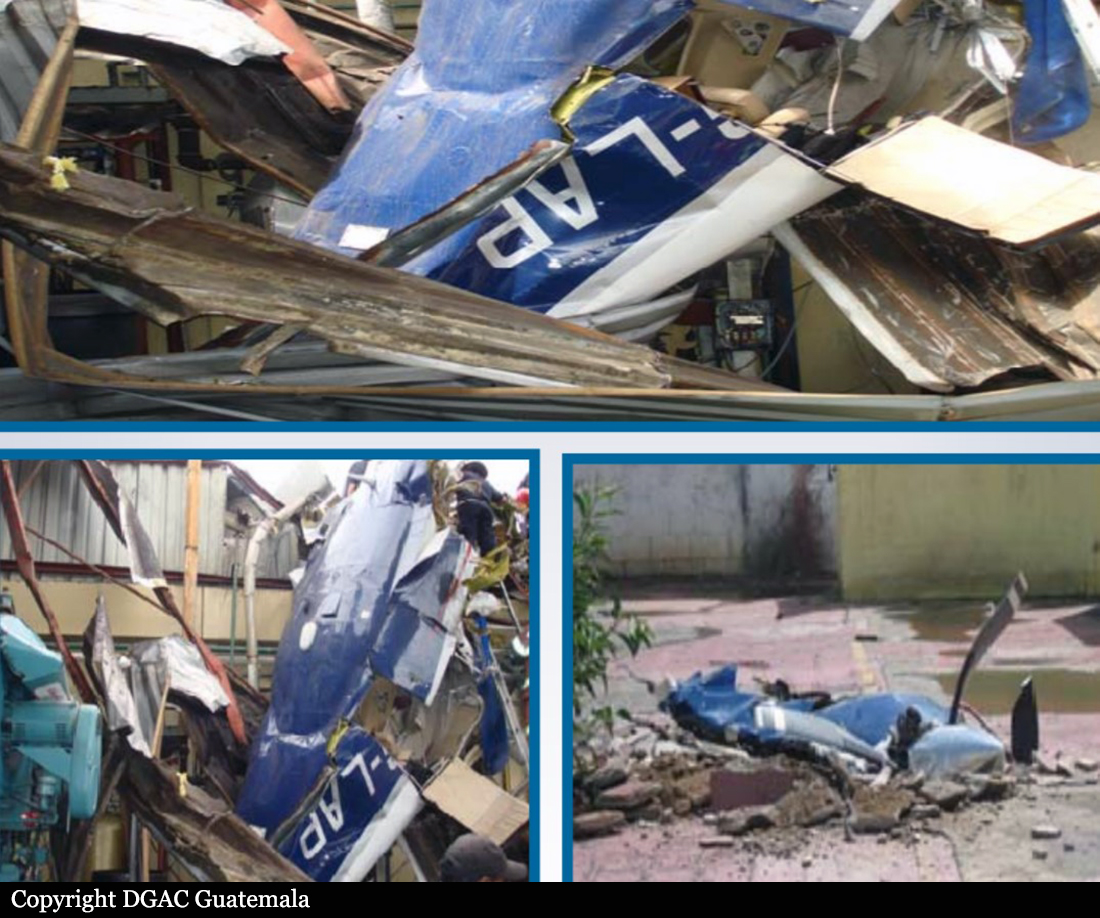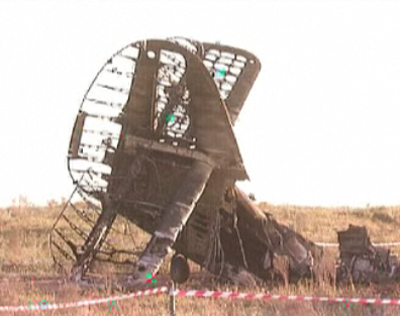Crash of a PZL-Mielec AN-2R in Sarybulak: 2 killed
Date & Time:
Jun 24, 2010 at 1730 LT
Registration:
UP-A0161
Survivors:
Yes
Schedule:
Taiynsha - Sorochinskiy
MSN:
1G206-40
YOM:
1984
Crew on board:
3
Crew fatalities:
Pax on board:
0
Pax fatalities:
Other fatalities:
Total fatalities:
2
Circumstances:
The crew was on a positioning flight for a crop-spraying mission in North Kazakhstan when he lost his orientation between the villages of Taiynsha and Sorochinskiy. He landed on a small field near the village of Sarybulak to establish his position. After takeoff with a slight tail wind, at a height of 15 metres, the pilot-in-command initiated a left turn when the left lower wing struck a tree. The aircraft stalled and crashed, bursting into flames. Both pilots were killed while the engineer was seriously injured. The aircraft was totally destroyed by a post crash fire.
Probable cause:
The following findings were identified:
- Takeoff from a limited area,
- Failure to take into account obstacles by the crew during takeoff,
- Incorrect selection of the take-off site;
- High outside air temperature and tailwind component.
- Takeoff from a limited area,
- Failure to take into account obstacles by the crew during takeoff,
- Incorrect selection of the take-off site;
- High outside air temperature and tailwind component.
